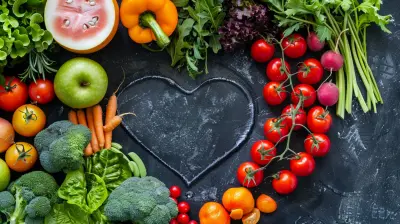Hydration and Health: How Much Water Should Your Child Really Drink?
14 October 2025
We’ve all heard it before: “Drink more water!” But when it comes to kids, how much water is enough water? As a parent, you want to do everything right. And staying on top of your child’s hydration is a big part of keeping them healthy, energetic, and focused. But with so many conflicting opinions floating around, it’s hard to know what’s truly best.
In this article, we’re going to break it all down—how much water your child should actually be drinking, why it matters, how to tell if they’re getting enough, and how to sneak more water into their day…without endless nagging. 😉
Let’s dive in. 💧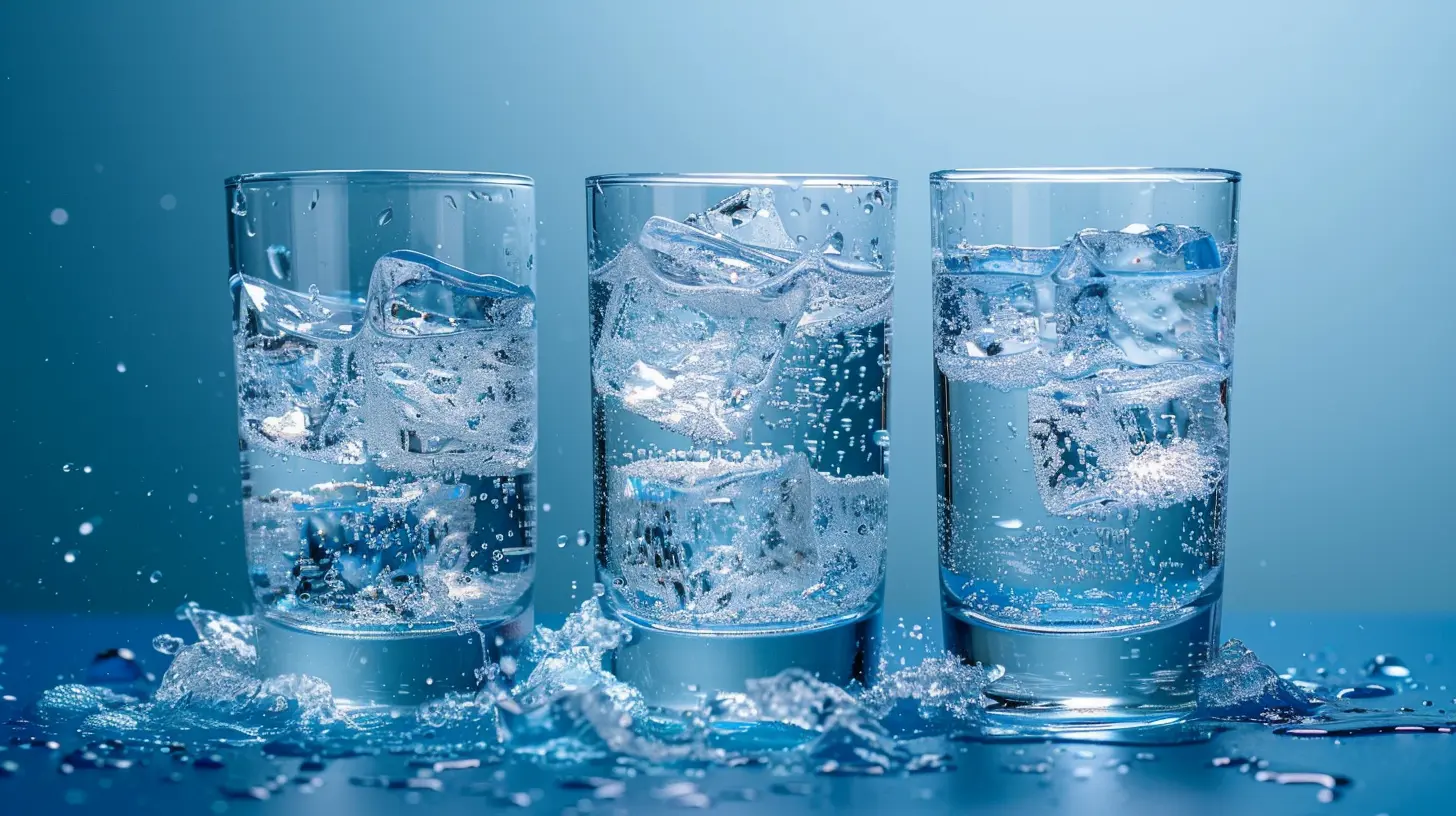
Why Hydration Matters (More Than You Think)
Water is kind of like that underrated sidekick in every superhero movie—quietly doing all the work behind the scenes. While it doesn't have the spotlight like vitamins or minerals, it's arguably just as important.Here’s what proper hydration helps your child do:
- Maintain a normal body temperature
- Keep joints lubricated (hello, playground flexibility!)
- Transport nutrients and oxygen to cells
- Regulate mood and energy levels
- Support digestion and regular bowel movements
- Keep skin glowing and healthy
Simply put, water is vital for your child’s overall growth and development. Without enough of it, their physical and mental performance can take a serious dive.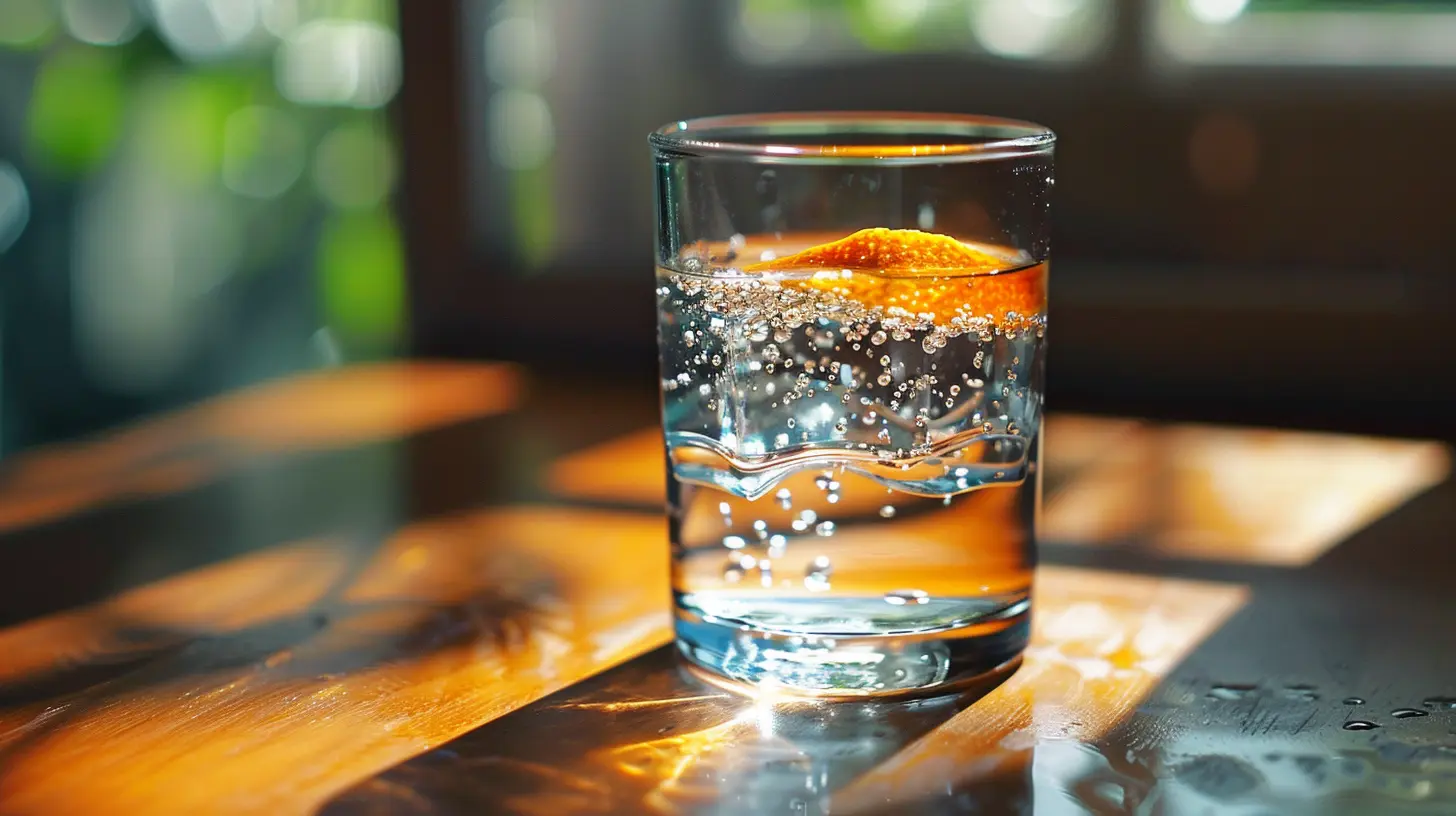
Signs Your Child Might Be Dehydrated
Kids are like little sponges—they’re constantly active, running around, sweating buckets, and, in some cases, forgetting to drink water in the process.Here are a few red flags that might indicate your child is running low on fluids:
- Dry or chapped lips
- Headaches
- Fatigue or crankiness
- Dark yellow urine (or going several hours without peeing)
- Dizziness or lightheadedness
- Constipation
If any of these sound familiar, your kiddo might need more water in their daily routine.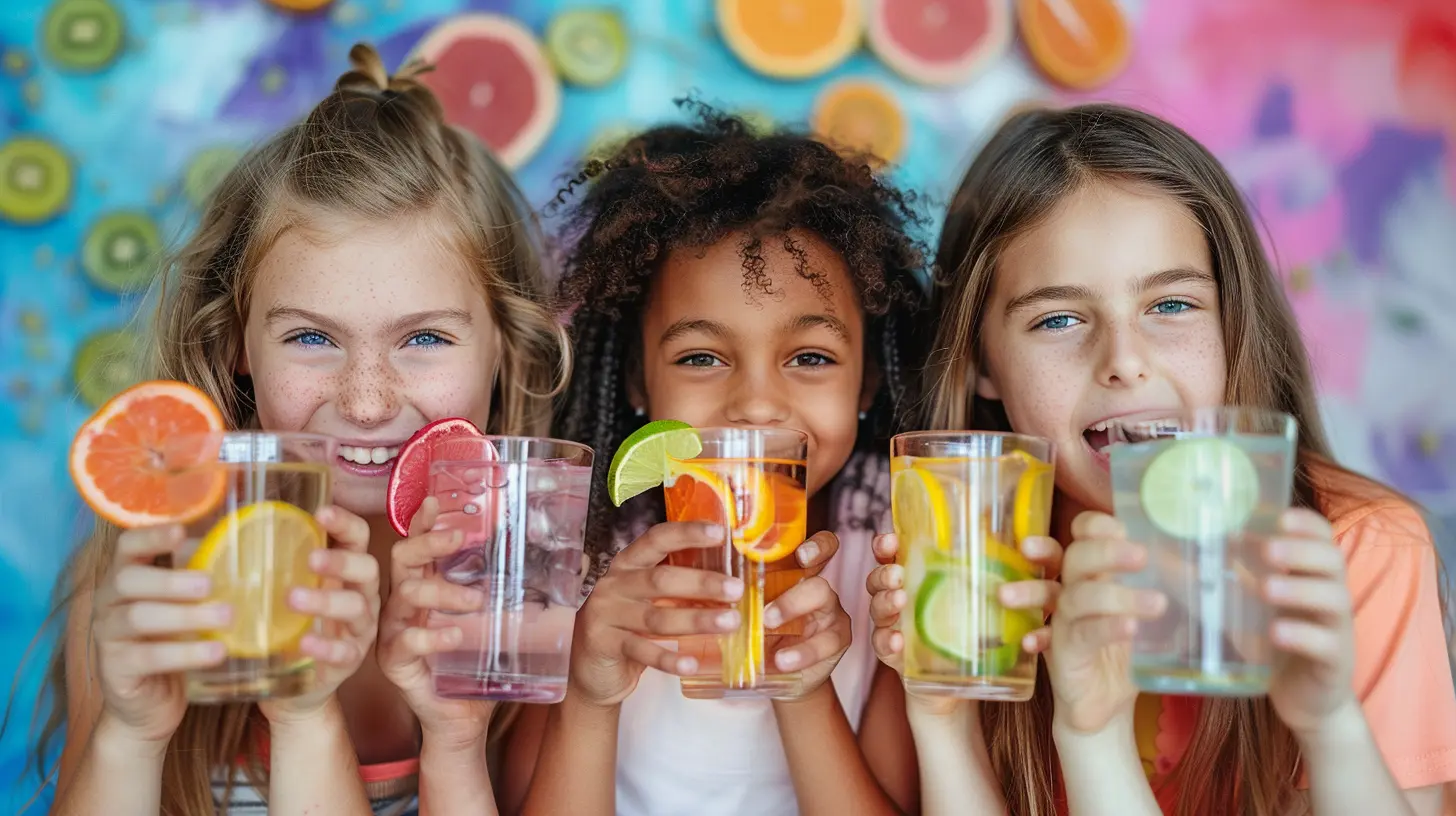
So, How Much Water Should Your Child Really Drink?
Alright, let’s get down to the question you came here for. The truth is—it depends. Age, weight, activity level, and even climate play a major role. But let’s start with some general guidelines:Daily Water Intake Guidelines by Age
| Age Group | Daily Fluid Intake (Including fluids from fruits and foods) ||--------------------|-------------------------------------------------------------|
| 1–3 years | About 4 cups (32 oz) |
| 4–8 years | About 5 cups (40 oz) |
| 9–13 years (girls) | About 7 cups (56 oz) |
| 9–13 years (boys) | About 8 cups (64 oz) |
| 14–18 years (girls)| About 8 cups (64 oz) |
| 14–18 years (boys) | About 11 cups (88 oz) |
📝 Note: These are total fluid intakes, meaning they include water, milk, juice, and water-rich foods like fruits and soups.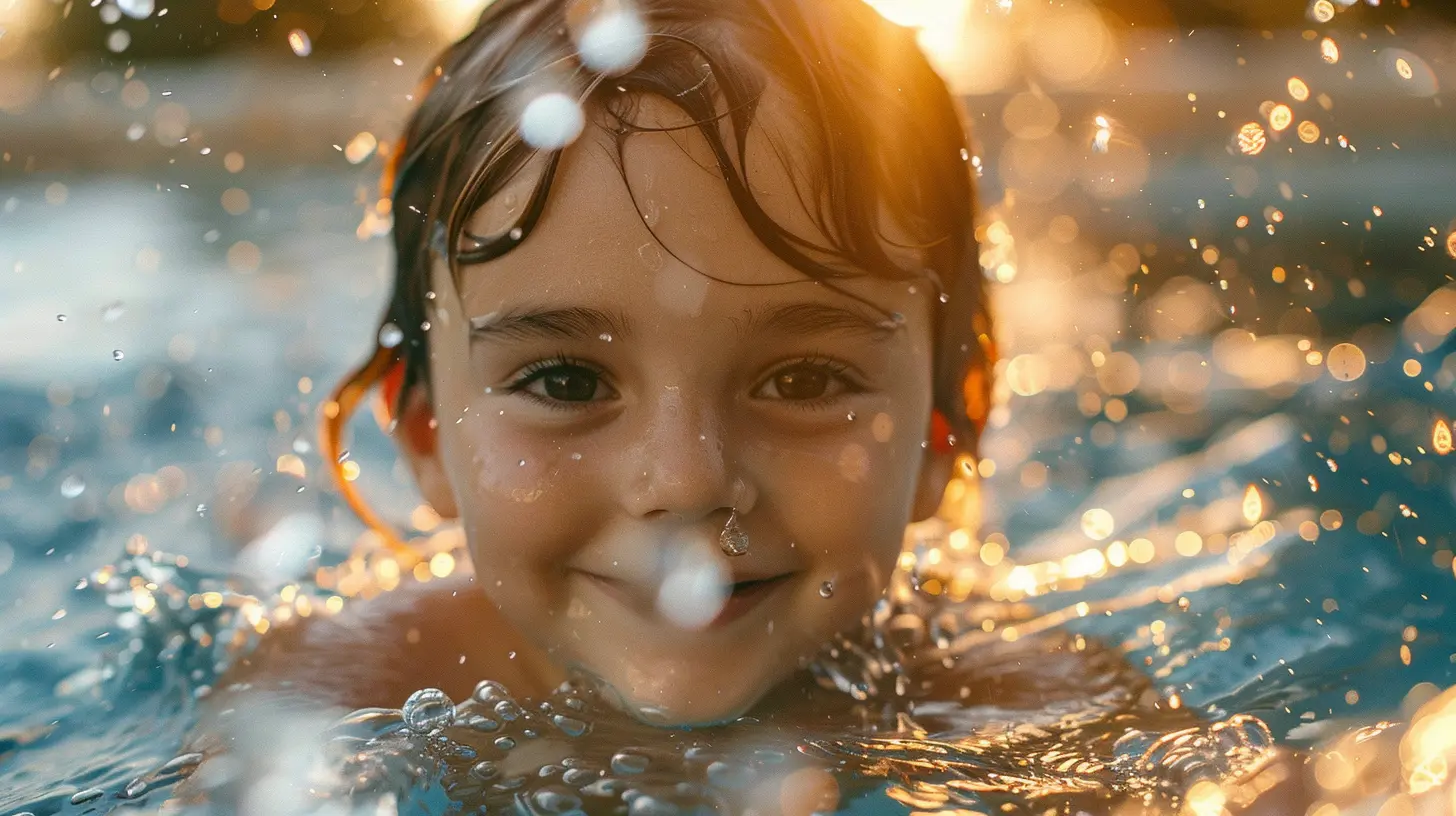
But Wait, Doesn’t Food Count?
Yes! Around 20% of your child’s daily water intake can come from food. Think juicy fruits (like watermelon, oranges, or strawberries), veggies (think cucumbers and celery), and broths or soups.So if you’ve got a picky drinker on your hands, don’t panic—you’ve got options.
Factors That Affect Your Child’s Water Needs
Life isn’t one-size-fits-all—and neither is hydration. Some kids will need more water than others based on different factors. Let’s look at a few of them:1. Physical Activity
Running, jumping, climbing, swimming—it all leads to sweat, which means fluid loss. If your kid is involved in sports or just has endless energy (you know the type!), they’re going to need more water to stay hydrated.👉 Pro tip: For every 20–30 minutes of intense activity, add an extra ½–1 cup of water.
2. Weather and Climate
Hotter climates = more sweating. Even in humid weather, your child can lose water without realizing it. If it’s summertime, or you live in a place that feels like the sun sits on your backyard, up those water levels.3. Health Conditions
Fever, diarrhea, vomiting—any of these can dehydrate your child quickly. During illness, focus on small, frequent sips of water, or clear fluids like Pedialyte to replace lost electrolytes.What About Milk and Juice?
Great question. Milk (especially when calcium-fortified) and natural fruit juices do count toward daily fluid intake. But keep in mind:- Milk is great for young kids (especially under 5), contributing to protein and calcium intake.
- Juice (especially 100% fruit juice) should be limited to 4–6 oz a day for kids. Too much can lead to sugar overload or tummy trouble.
Water should still be the go-to drink. It’s calorie-free, teeth-friendly, and refreshing!
Making Water Fun: How to Encourage Your Child to Drink More
Let’s be real—telling your child to “just drink more water” is often met with a dramatic eye-roll, or worse, completely ignored. Here's how to turn it into a mission they actually want to join.1. Use a Cool Reusable Water Bottle
Kids love accessories. Get them a fun, personalized water bottle with their favorite characters or animals on it. Sometimes, it’s that simple.2. Add Some Natural Flavor
Throw in slices of strawberry, cucumber, lemon, or mint to make “spa water.” Fancy it up! You’d be surprised how excited they get when it doesn’t taste so…watery.3. Set Hydration Goals
Turn it into a game. Can they finish their water bottle before lunchtime? Offer little rewards or stickers when they meet goals.4. Lead by Example
You know what they say—monkey see, monkey do. If you’re guzzling water all day, your child will eventually follow suit.5. Establish Hydration Routines
Associate water with daily events:- Right after brushing teeth
- Before heading out the door
- With every meal and snack
- After playtime
It becomes second nature if it’s built into the routine.
Can Kids Drink Too Much Water?
Funny enough, yes—they can. But it’s super rare. Water intoxication happens when a child drinks way too much water in a short amount of time, diluting the sodium in their body. This can affect brain function and lead to symptoms like nausea, confusion, or even seizures.BUT—we’re talking excessive amounts, like gallons in hours—not a few extra sips here and there. So unless they’re overdoing it, you’re probably in the clear.
Hydration Tips for Picky Drinkers
Some kids just… don’t like drinking water. Here are some hacks for those extra stubborn little humans:- Try ice cubes shaped like stars, animals, or hearts
- Let them use a straw (bonus: twirly straws are magic!)
- Use fun timers or apps to remind them to sip
- Mix water with a splash of 100% fruit juice (just a splash!)
- Make homemade ice pops with water and puréed fruit
Little minds love novelty, so keep mixing it up.
What If My Child Refuses to Drink Water?
This can be frustrating, but keep calm—it’s a phase that most kids grow out of. Continue offering choices, praise their efforts, and normalize water in everyday life.Sometimes, asking why they don’t want it can unlock better solutions. Is it the taste? The temperature? The container? You’ve got options, and it’s all about trial and error.
Do Teens Need More Water?
Absolutely. As teenagers go through puberty, their body composition changes. They sweat more, carry more muscle mass (especially boys), and are prone to busier schedules filled with sports and activities.Teens should aim for:
- Girls (14–18): ~8 cups/day
- Boys (14–18): ~11 cups/day
Encourage them to carry a water bottle in their backpack or gym bag. It helps, especially if they’re always on the go.
The Bottom Line
Hydration isn’t just about quenching thirst—it’s about supporting every major function in your child's growing body. Whether your little one is a water guzzler or avoids the stuff like it’s medicine, there’s always a way to keep them healthy and hydrated.Start with small steps. Offer more water-rich foods. Make hydration fun. Create habits they can carry into adulthood.
And remember—you’re doing great just by caring enough to ask the question.
So next time someone says "Drink more water," you’ll know exactly what your child needs. Cheers to that!
all images in this post were generated using AI tools
Category:
Childrens HealthAuthor:

Kelly Snow
Discussion
rate this article
1 comments
Selah McQuiston
Kids aren't just tiny adults; their hydration needs are unique and crucial! Don't settle for generic recommendations—tune in to your child's activity level, climate, and diet. Water isn’t just a drink; it's essential for their growth and development. Prioritize hydration like it’s a non-negotiable!
October 19, 2025 at 2:58 PM

Kelly Snow
Absolutely! Children's hydration needs are distinct and vital for their growth. It's essential to tailor their water intake based on activity, climate, and diet for optimal health. Prioritizing hydration is key!


